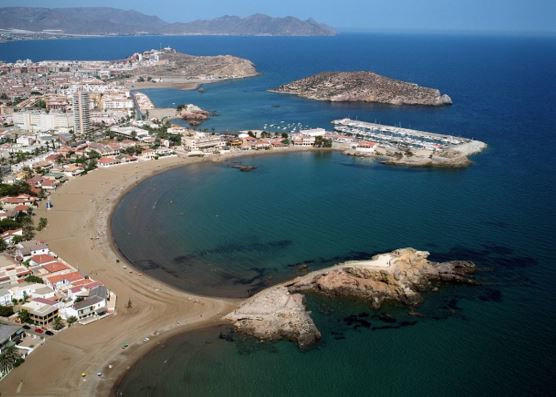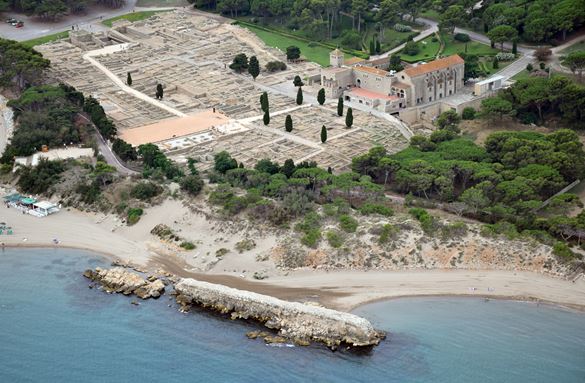The ‘dolia’ in Roman wine settlements
Archaeometric characterization of Roman dolia from the northeast of Hispania Citerior-Tarraconensis The ‘dolia’ and wine production From the end of the 2nd and beginning of the 1st century BC, the province of Hispania Citerior (called Tarraconensis after the territorial organisation of the Emperor Augustus) was characterised by the development of a production system based mainly…













